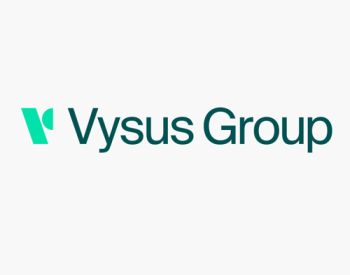Client
Main contractor: Singapore Technologies Electronic Limited (ST Electronics) End client: Jurong Town Corporation (JTC)
Assets
HAZMAP system database
Results
Reduced risks, while saving time and money Support with critical, land-use planning
Client challenge
ST Electronics provides innovative system solutions to government, commercial, defence and industrial customers globally. With a presence in more than 30 cities, our client markets its solutions to more than 100 countries internationally.
ST Electronics asked us for help with a new project. The company wanted to develop a risk assessment system, known as a HAZMAP system. This would enhance system-level safety considerations for Jurong Island, a petrochemical hub in Singapore that is home to over 100 companies. The solution would be used by several government agencies involved in safety and risk management work for major hazardous installations. These agencies included the Ministry of Manpower (MOM), Singapore Civil Defence Force (SCDF), National Environment Agency (NEA) and Jurong Town Corporation (JTC).
The project presented several challenges. Over the last decade, quantitative risk assessment (QRA) reports submitted by the major hazardous installations have mainly been used to obtain approval to operate or construct facilities in Singapore. This meant relevant data was available for the entire Jurong Island, if repurposed. This data could be digitalised, and then collated and used for risk management, land-use planning and emergency response purposes. There was one hurdle. Government agencies had launched a new QRA guideline after almost 20 years; all historic QRA reports were approved based on old guidelines and first required updating.
Addressing security threats was another key project and national issue. With Singapore moving into the ‘Smart City’ regime, JTC wanted to establish a collective database. This would store all relevant data, with a geographical display for easy access by our end client’s officers.
How we helped
We worked alongside ST Electronics’ Large-Scale Systems Group (LSG™), an electronic system provider that serves customers in the areas of transportation, intelligent building and defence.
Our team of risk management experts processed more than 350 quantitative risk assessment reports. These had been approved under the old QRA guidelines, including technical areas such as: hazard identification, source term modelling, consequence modelling, frequency assessment and risk summation. We extracted the necessary information, regenerating the harm footprints (fire thermal radiation, explosion overpressure and toxic/flammable gas dispersion distances) and individual risk contours, according to the revised QRA guidelines.
As part of the HAZMAP system, we also developed a high-level risk assessment module. This provided a guided, simplified approach to assess harm footprint, event frequency and individual risk contours for users involved in land-use planning, but who are unfamiliar with commercial software (such as TNO EFFECTS or RISKCURVES).
Our in-depth knowledge of using advanced methodology, such as
computational fluid dynamics and 3D risk assessment tools, was
particularly valued in building the HAZMAP database. We were able to
offer solutions to information gaps and wider project issues.
Results and benefits
The new database will benefit the government agencies and emergency response personnel, helping professionals to visualise risk more effectively. This could be from a single company, several businesses in a cluster or the entire Jurong Island; the database is capable of summing up risks from multiple sites. The tool will also be used by agencies for land-use planning and risk management. This is critical as Singapore develops as a nation with very limited space.
- More accurate tracking and monitoring of risk management.
- A collective database, storing all relevant data – saving time and money.
- Enhanced system-level safety considerations.
- Better risk visualisation, from a single company to the entire Jurong Island.
This project was carried out by Lloyd’s Register (LR) Energy, prior to the strategic carve out of the LR Energy business in 2020, which is now Vysus Group.
The project is a complex one in many ways. It required deep subject matter knowledge, the ability to understand constraints and solve new problems, the discipline to keep to a tight timeline and the ability to communicate with several parties that may represent differing interests and priorities. …the Lloyd’s Register team [now known as Vysus Group] had shown enormous team spirit and collaborative effort, and dedication in providing the required resources, whenever necessary, to meet the uncompromising timeline and needs of the project. I'm grateful for the team's diligence in proactively raising issues with JTC for prompt discussions and closure.
Project Manager, Jurong Town Corporation
Related Services

